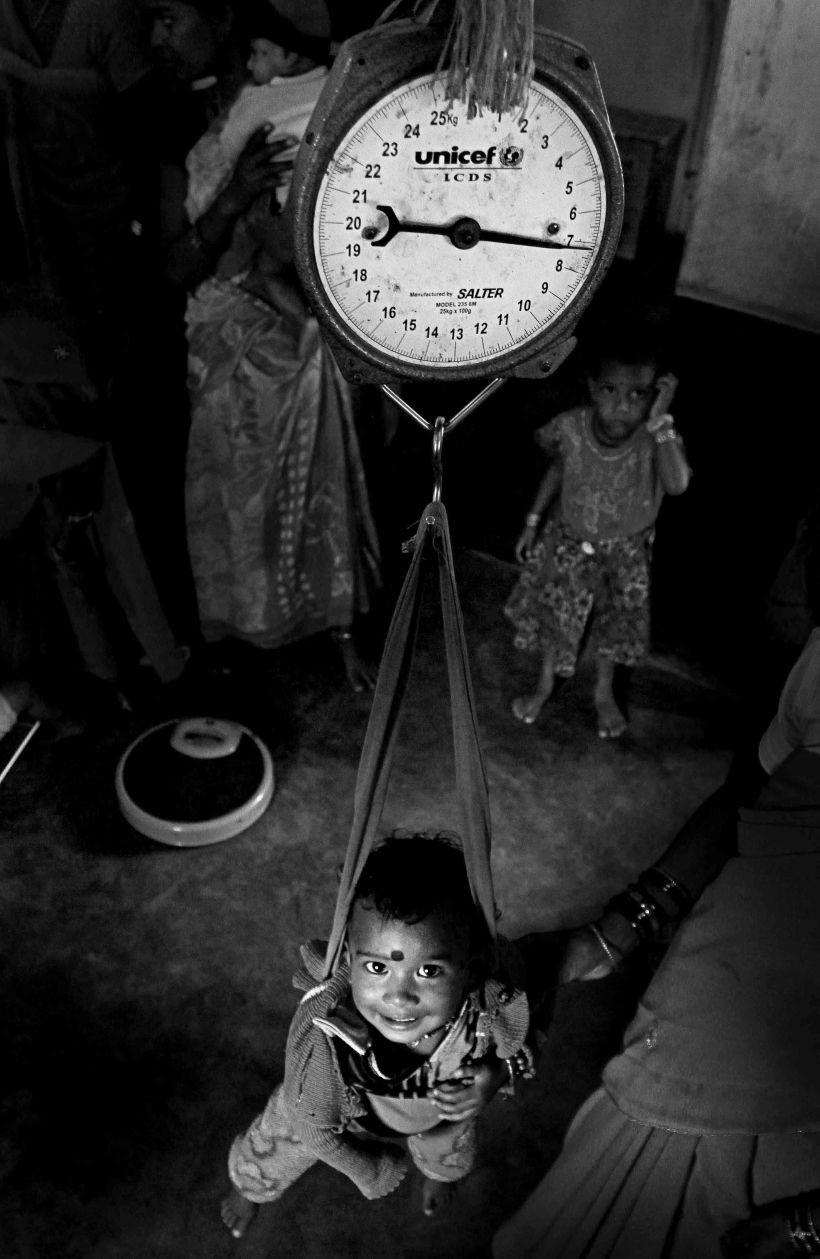(Published in Tehelka magazine)
People know the districts of Bastar, Dantewada and Sukma in Chhattisgarh as regions torn by the Maoist conflict. The media extensively reports incidents of violence from these areas, which have collectively come to be known as the ‘red corridor’ of India. Here, the State is at war with those who claim to protect the interests of the Adivasis of the belt. The battle claims many lives from either side.
However, there is a marked absence in media reports of a killer that regularly takes lives of people in the region, irrespective of which side they are on. Malaria is a disease that people living in other parts of the country don’t count as a severe one. But here in the red corridor, it has wreaked havoc.

One of the few times that the issue did make it to national news was in 2012, when an eminent photojournalist with Tehelka, who had gone to Bastar for a story, got inflicted by malaria and succumbed to the disease. However, despite such wake up calls, no large scale relief operation has been taken up by any government. It appears that the ‘conflict’ in some of the poorest districts in India, has become the perfect scapegoat for the abandoning of socio-economic development in Chhattisgarh.
Malaria is not just a seasonal predicament in Chhattisgarh. It is its secret epidemic, and kills many more people than the Maoist insurgency. Nobody knows the actual number of deaths [as people are not aware of blood tests in rural areas.

Malaria: An alarm unheard
According to a community-based monitoring report (May 2013), there have been more than 2,400 malaria-related deaths in the state so far. However, these are just the deaths reported; the real count is much higher. The state of medical facilities in the civil-strife affected districts of the state is abysmal. This is reflected in the fact that even those who have better accessibility to treatment and medication — the security personnel posted in these areas — also regularly fall prey to the disease. As in other regions in the country, malaria is not just a seasonal disease in Chhattisgarh. It inflicts many at a consistent pace throughout the year. Till now, Malaria has claimed more lives in Chhattisgarh than the State’s conflict with the Maoists.

Falciparum malaria (the more severe strain of the disease) is known to kill between 1-3 percent of its patients. In the UK, for instance, the Journal of Infection recorded in 2007 that 1 percent of those infected with falciparum malaria succumbed to it — that’s 10 of the 1,500 infected. Perplexingly, Chhattisgarh’s reports seem to defy all medical odds. According to data sent to the Ministry of Health and Family Welfare, New Delhi, 1,90,590 people had malaria in Chhattisgarh in 2007. Of these cases, 1,44,766 cases (75 percent) were falciparum. Bizarrely there were only three recorded deaths, making for a death rate of 0.00002 percent.

Since the official data can’t be relied on, people working on malaria in the state have had to find other ways of estimating the size of the problem. The State Health Resource Centre for Chhattisgarh, an autonomous public body, relies on another statistic: the Annual Parasite Incidence (API), which measures the number of people affected in thousands. If an area has an API measure of over five, that’s five deaths in a 1,000 people, then it is considered an epidemic by WHO standards. In Chhattisgarh, the API for malaria is above five in 79 of the 146 blocks across the state. In the forests of Dantewada, 42 blocks have an API of over 10. In some it’s over 100. Despite the alarming stats, malaria has not been declared as an epidemic in the state.

It is not difficult to guess that malaria is not an isolated problem. It is a disease that feeds on vulnerable immunity and in Chhattisgarh, one in every four children under three-years-of-age suffers from acute malnutrition. The health centres are so sparse, so heavily understaffed and located at such distances that they are hardly making a difference.
It is not just malaria that is haunting the large tribal population of Chhattisgarh, it is the utter lack of facilities, which has made a relatively moderate disease a killer in the region. The absence of timely health care, the absence of adequate public transport that allows them to reach hospitals and malnutrition that lowers immunity, all of this has contributed to make a population so medically vulnerable.

Everyone’s enemy
The battle-weary security forces in strife-torn Bastar in south Chhattisgarh are not just fighting against the outlawed CPI (Maoist), they are also up against the mosquitoes. And, till now, they are losing the battle.
In December 2014, 200 personnel, mostly from the districts of Sukma, Dantewada and Bijapur, were admitted to various hospitals after having been diagnosed with symptoms of malaria. According to newspapers reports, 15 jawans lost their lives to malaria that year. In 2015, 12 jawans were reported dead. They were mostly from the Central Reserve Police Force (CRPF). The state police personnel are suffering too.
Chhattisgarh’s story resonates with that of Odisha — which has nearly double the cases of malaria deaths. Sudarshan Das, who runs the Human Development Foundation, says there is the shortage of political will to tackle “the three Ms” killing people in the state — malaria, malnutrition and mortality. The malaria map of India extends across the red corridor from Chhattisgarh to Odisha to Jharkhand. It’s also spread across five of the eight states in the Northeast; Mizoram having the worst malaria indices in the country. On closer inspection, the districts and villages that are the most economically backward and destitute are where malaria is most rampant.
All Images Copyright ©Vijay Pandey